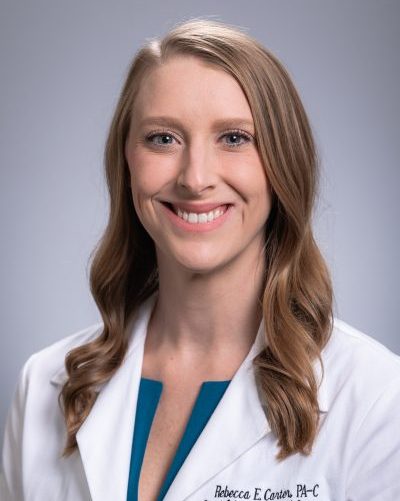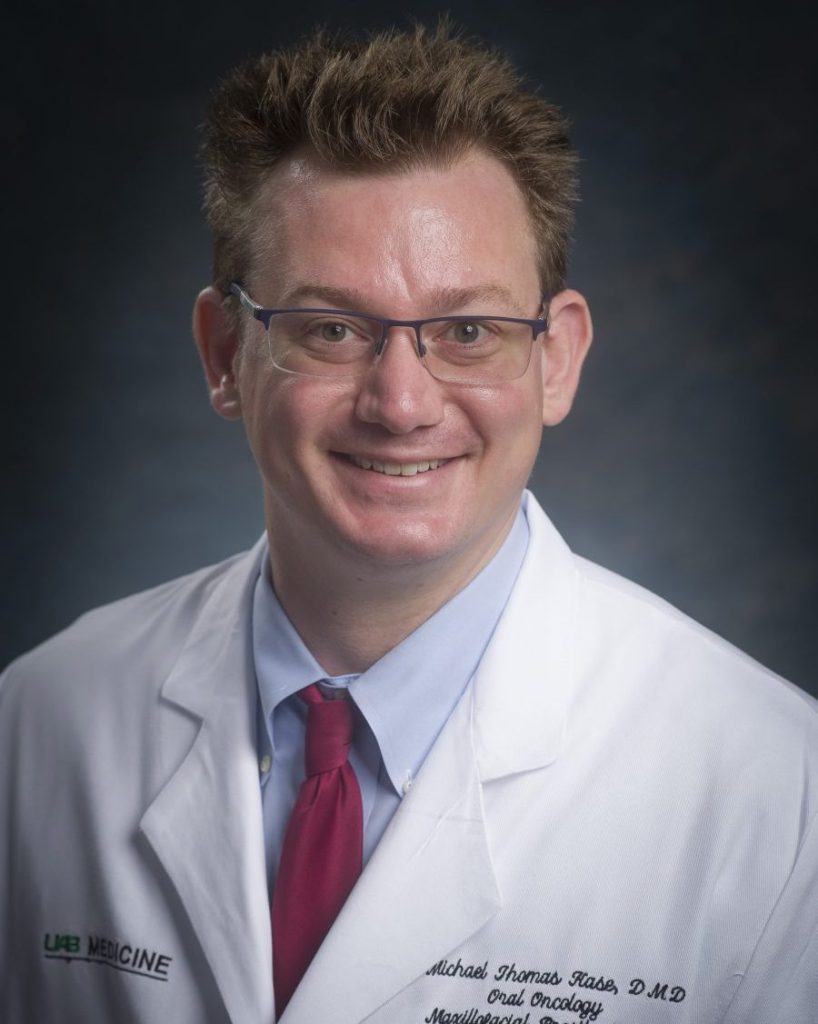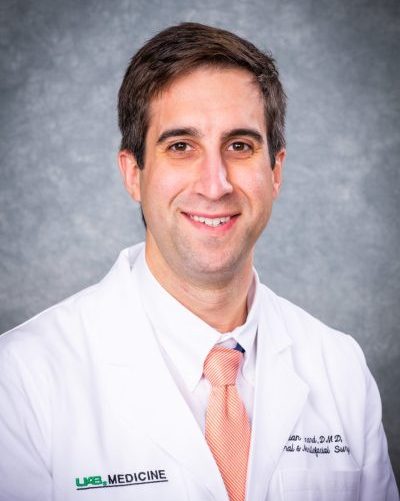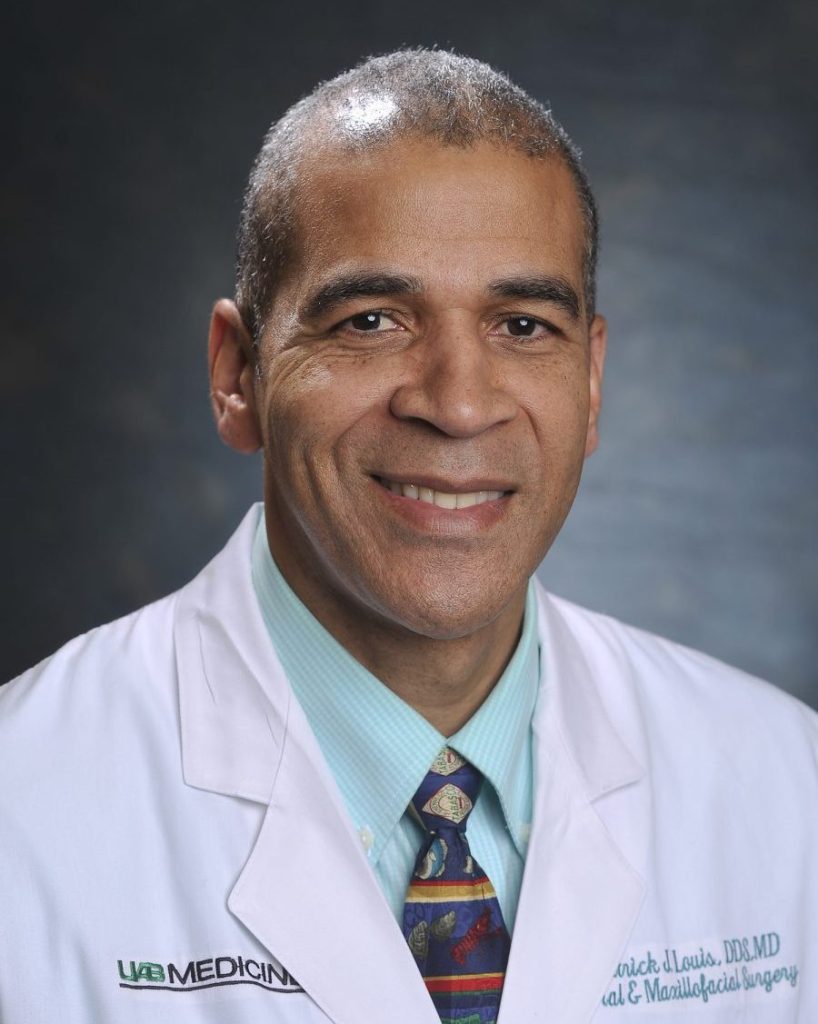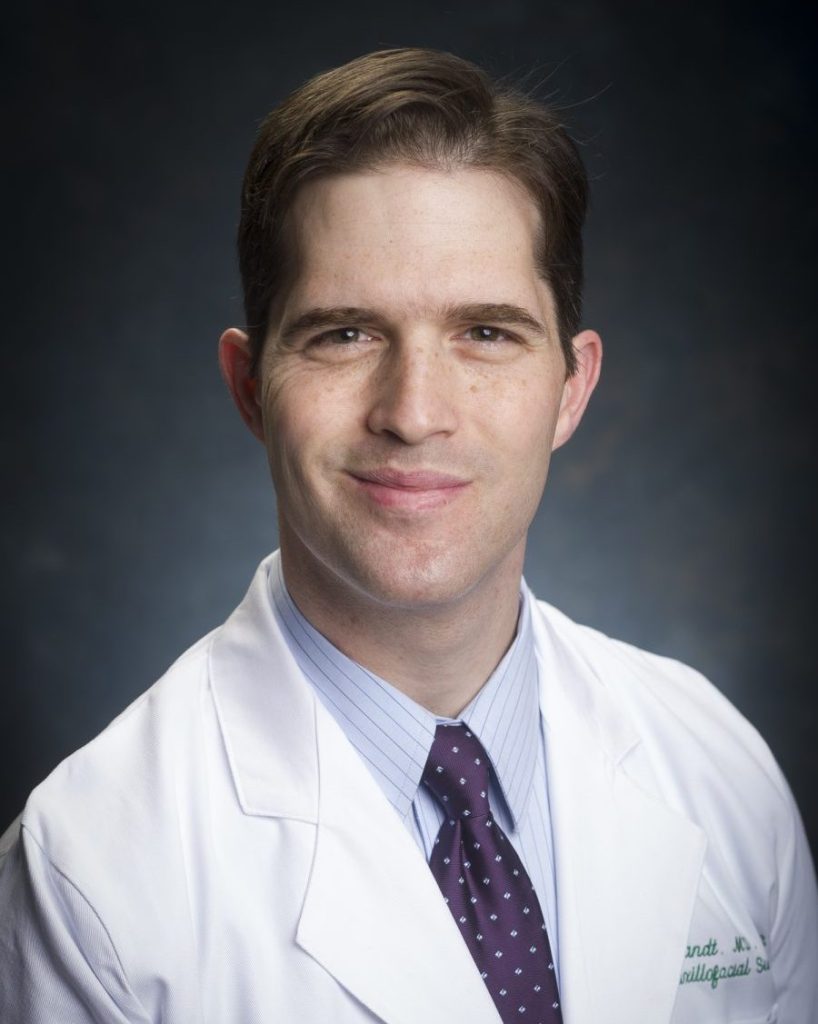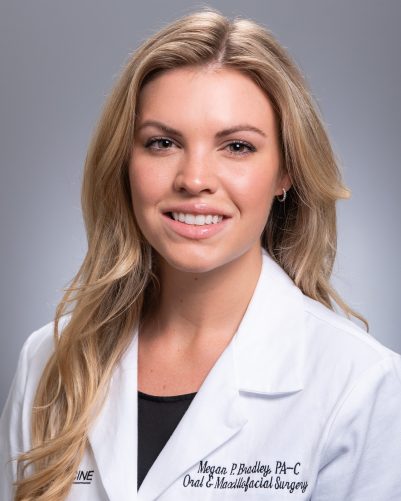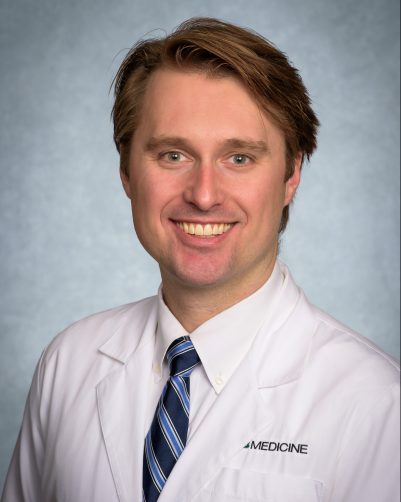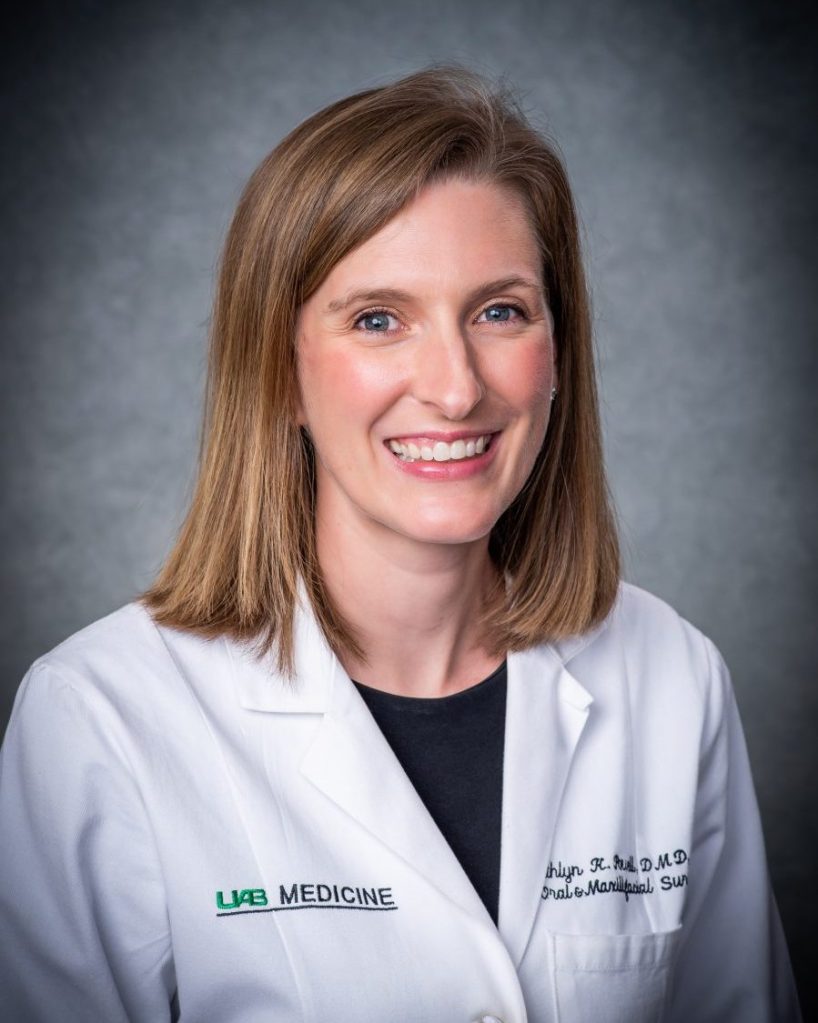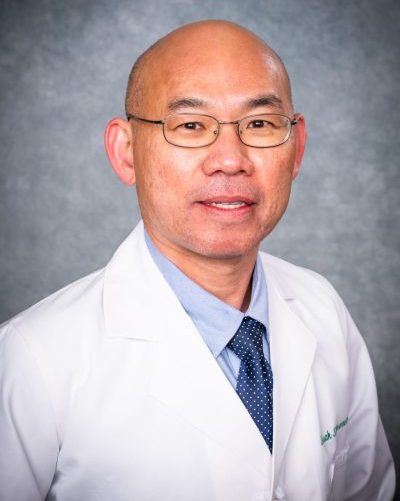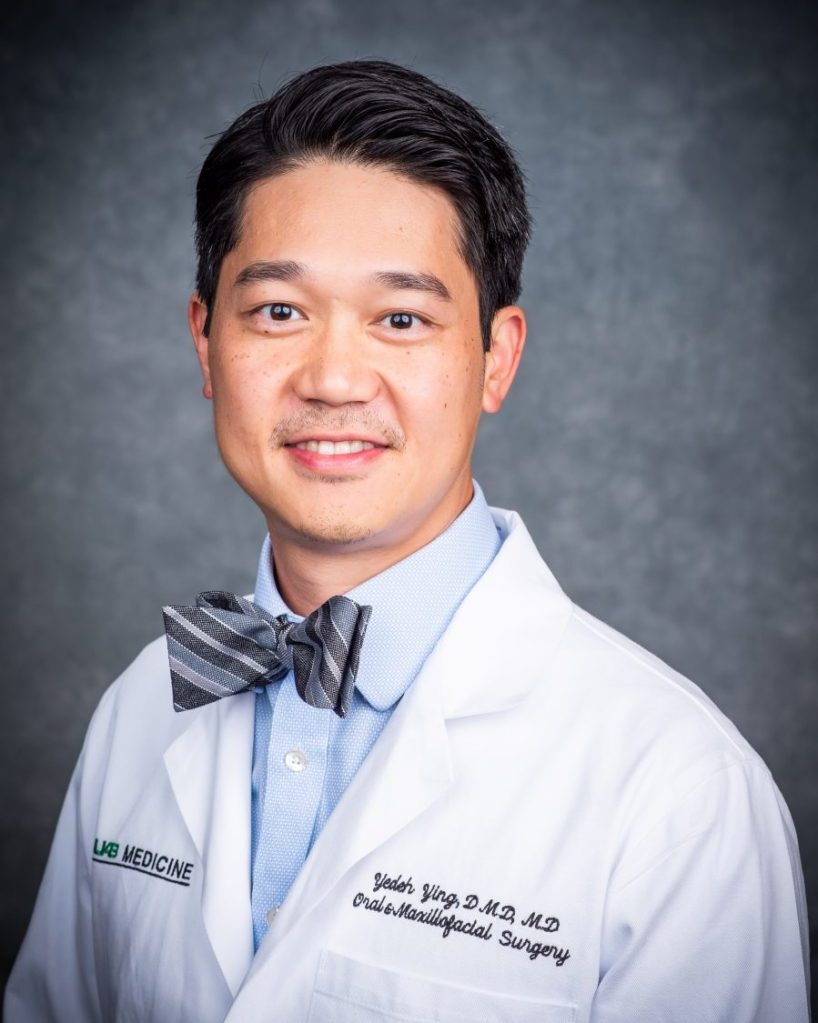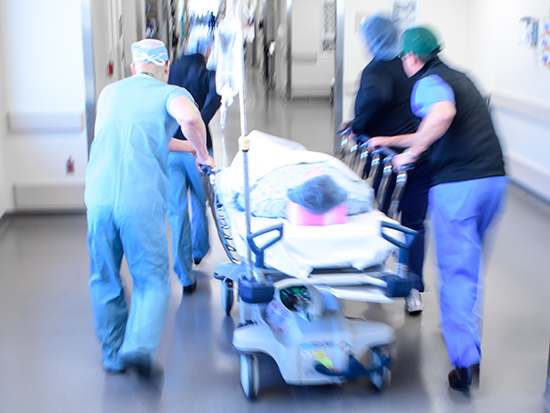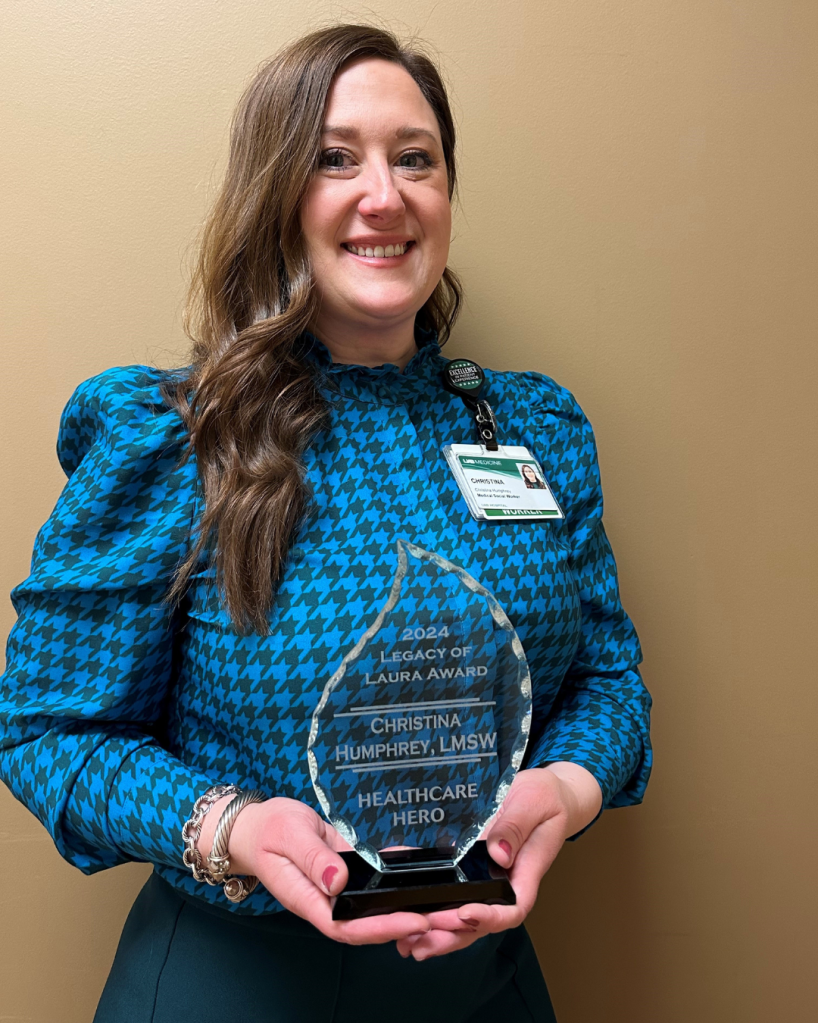Oral and maxillofacial surgery is a surgical specialty that includes the diagnosis and treatment of various diseases, injuries, defects, and appearance aspects of the head, neck, and the hard and soft tissues of the mouth, including the maxillofacial (jaws and face) area. Oral and maxillofacial surgeons commonly treat conditions such as problematic wisdom teeth, facial pain, TMJ (temporomandibular joint dysfunction), oral cancer, misaligned jaws, and obstructive sleep apnea. They treat accident victims who suffered facial injuries, perform reconstructive and dental implant surgery, and care for patients with tumors, cysts, and abnormalities of the mouth, jaws, and face, including issues related to appearance. Oral and maxillofacial surgeons often work alongside other specialists including dentists, orthodontists, prosthodontists, radiologists, pathologists, oncologists, ENT (ear, nose, and throat) surgeons, neurosurgeons, plastic surgeons, and other medical professionals.
Some of the conditions treated and procedures commonly performed are described below:
Temporomandibular joint dysfunction, or TMJ, is a complex group of problems related to the jaw joints. It can lead to pain and reduced movement of the jaw joints and surrounding muscles. TMJ can be caused by many conditions including sinus/ear/dental infections, headaches, facial neuralgia (nerve-related facial pain), and tumors. Treating TMJ starts with ruling out mechanical joint problems, which sometimes include symptoms such as pain or a clicking sound when the jaws move. This type of TMJ can be the result of clenching, grinding, and stressing of the jaw joints, which cause changes in the jaw cartilage and may lead to a reduced ability to open the mouth, pain, or a misaligned bite. Treatments include medication, therapy, devices such as a rubber mouth guard for sleeping, and even surgery in rare cases.
Obstructive sleep apnea, or OSA, is a common disorder caused by a complete or partial collapse of the upper airway. Symptoms of OSA include loud snoring, waking during the night, daytime sleepiness, and low oxygen. Treatments include a continuous positive airway pressure (CPAP) machine, weight loss, and oral appliance therapy (OAT). OAT involves using a mouth guard that fits over your teeth to pull your lower jaw forward and keep your tongue in a position that is less likely to block your airway. Surgical treatments include maxillomandibular advancement (MMA), which opens the airway by moving the upper and lower jaws forward. MMA surgery works in about 80%-90% of patients with OSA who qualify for the procedure.
“Jaw-in-a-day” surgery (whole jaw replacement with bone and teeth): This is a surgical treatment for patients who have jaw deformities or lose their jaw due to cancer or trauma. It normally takes at least 12-18 months to replace the jawbone (using bone taken from the leg), place dental implants, and fit the patient with a permanent dental prosthesis (artificial teeth). However, the jaw-in-a-day procedure allows the patient to be made “whole” in a single operation.
Dental implants, or artificial tooth roots, are similar to screws and are used to replace teeth lost due to gum disease, trauma, cancer, or other conditions. They are placed in the jaw and bond with the natural bone using artificial tissue. Once they are fully bonded, they serve as a sturdy base for supporting one or more artificial teeth, called crowns, or even a full set of teeth that allow patients to eat almost any type of food. When performed by a trained and experienced dental implant expert, implant surgery is one of the safest and most predictable procedures in dentistry.
“Third molar/wisdom teeth” removal: Wisdom teeth are a third set of molars (large, flat teeth in the back of the mouth) that usually come in between the ages of 17 and 25. Most people have them removed because they can crowd the mouth or get stuck in the jawbone or gums, causing pain. When they become embedded (or “impacted”) like this, they can lead to tumors or cysts and damage or destroy the jawbone. This condition also may cause abscesses (pockets of pus in the teeth) or a bacterial infection in the blood that can spread to the heart, kidneys, or other organs.
Craniofacial surgery is used to treat conditions such as cleft lip and cleft palate, which are openings or splits in the roof of the mouth or lip. It also is used to treat craniosynostosis syndromes, which occur when one or more bones in the skull and face improperly join together before birth, potentially causing a wide variety of problems.
Orthognathic surgery is the process of reshaping the face with orthodontics and corrective jaw surgery. A patient might have a bite problem if the jaws do not seem to meet correctly and the teeth do not seem to fit with the jaws. Because of this, the face may appear off balance, it might be difficult to eat or to speak certain sounds, and the individual may not feel attractive. This can be solved with the repositioning of teeth and facial bones to create a more balanced appearance with jaws that work well together. An orthognathic team consists of an orthodontist and a surgeon specially trained in jaw surgery. An orthodontist is a dentist who specializes in straightening teeth. The orthodontist utilizes braces to move teeth into correct position for the bite after surgery. The surgeon reshapes the jaw and perhaps other facial bones to produce a better bite and a more pleasant appearance. Incisions take place inside the mouth in a process that may take 18 months or more.
The medical and dental experts in UAB Medicine’s Department of Oral and Maxillofacial Surgery combine precision surgical skills with a gentle touch to help you put your best face forward. Our care teams work with your current dentist or physician to develop comprehensive, effective treatments that meet your personal needs. Backed by the resources of UAB Medicine, these professionals also rely on the research and knowledge from hundreds of specialists in more than 30 areas of medicine. Our surgeons have been trained in both medicine and dentistry, so they have extensive knowledge of both the functional and appearance aspects of the face. Our program follows guidelines set by the American Board of Oral and Maxillofacial Surgery and is accredited by the Commission on Dental Accreditation.
Care Providers
Videos
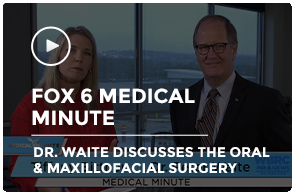
Find a Provider to Schedule an Appointment
Resources
- Mandibulectomy Resection of the Jaw
- Maxillectomy
- Oral Cavity Composite Resection
- Partial Total Glossectomy
- Department of Oral and Maxillofacial Surgery
- Microvascular Reconstruction Surgery Using Free Tissue Transfer
- Microvascular Head and Neck Reconstruction
- TMJ and Facial Pain
- Dental Implant Surgery
- Wisdom Teeth Management
Related Specialties
Clinical Trials
Speak to your physician about your options and browse the link below for more information
Latest News
View All News-
Join the fight against oral cancer with a free screening
April 12, 2024
-
Is your fatigue more than your lack of sleep? UAB experts discuss sleep apnea
March 29, 2024
-
UAB Oral Oncology among first in Southeast to use augmented reality in head and neck cancer surgery
February 2, 2023
-
Amm awarded R21 grant to study non-invasive imaging of rare tumor
September 13, 2021
-
Burn patient shows hand therapists his gratitude by making them custom works of art
July 26, 2021

